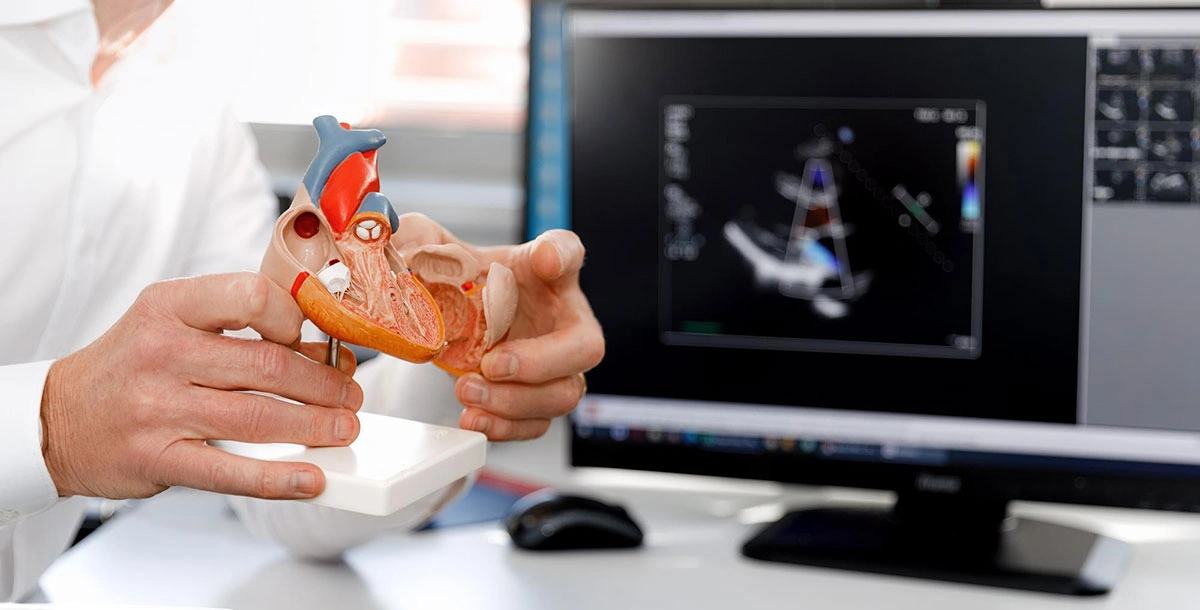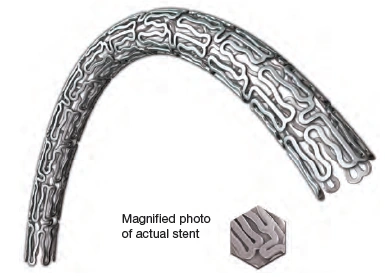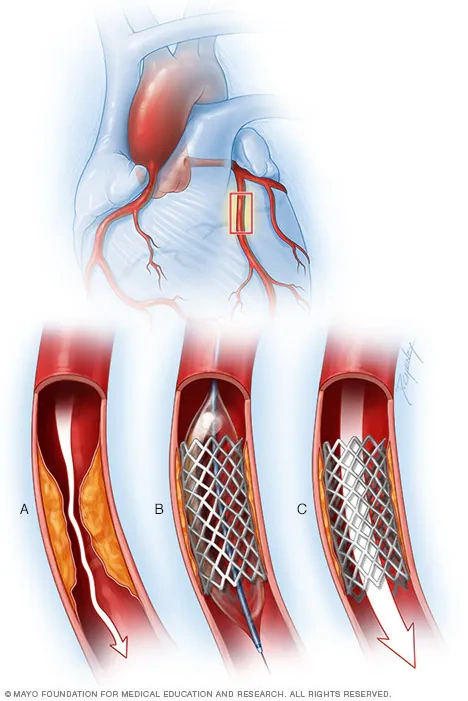Advancements in the Design and Performance of Cardiovascular Stents
Cardiovascular Diseases and the Role of Stents in Treatment Cardiovascular diseases have remained one of the leading causes of mortality globally for decades. Among the most effective interventional therapies is percutaneous transluminal coronary angioplasty (PTCA), which utilizes stents and balloon catheters to restore blood flow. This minimally invasive procedure has shown significant clinical success, primarily due to advancements in stent technology over recent years.
Bare-Metal Stents (BMS) and Associated Limitations The first-generation bare-metal stents (BMS) served as essential structural devices to mechanically prevent arterial collapse and ensure luminal patency. However, these stents lacked drug-eluting capabilities, resulting in high rates of in-stent restenosis (ISR) due to neointimal hyperplasia—an abnormal proliferation of smooth muscle cells within the arterial wall. Despite their mechanical effectiveness, BMS are primarily utilized today for specific short-term indications due to these limitations.
The Evolution of Drug-Eluting Stents (DES) and Drug Delivery Technology With advancements in pharmacological delivery systems, drug-eluting stents (DES) were developed, revolutionizing cardiovascular interventions. The controlled release of antiproliferative agents from DES was engineered to mitigate ISR by targeting the biological pathways leading to neointimal formation. However, the release kinetics are critical: overly rapid drug elution may compromise bioavailability within the surrounding tissue, whereas delayed release can impede vascular healing. Modern DES balance these factors with optimized drug release profiles, greatly improving therapeutic outcomes.
The early DES generations, which lacked polymeric coatings, directly eluted drugs from the metal surface. Although effective in reducing restenosis rates compared to BMS, they faced challenges such as inconsistent drug diffusion and limited precision. Subsequent innovations introduced biostable and bioresorbable polymer-coated DES, allowing for a more gradual and controlled drug delivery process, effectively enhancing long-term patency.
Emerging Stent Technologies Recent advances have led to the development of innovative stent designs, including:
- Polymer-coated bioresorbable stents: Engineered to degrade safely within the body following therapeutic completion, reducing long-term foreign material presence.
- Fully bioresorbable scaffolds: Designed to restore vascular functionality while being completely resorbed over time, eliminating the need for permanent implants.
These breakthroughs have not only addressed limitations of earlier designs but have also reduced inflammatory responses and improved patient outcomes significantly.
Biological Impact of Drug-Eluting Stents DES serve dual purposes by maintaining arterial patency and targeting pathological mechanisms like smooth muscle proliferation and inflammation. Key therapeutic objectives include:
- Inhibition of neointimal hyperplasia to prevent restenosis.
- Modulation of inflammatory cascades to support tissue repair.
- Promotion of endothelial regeneration and vascular remodeling for long-term functionality.
Biomechanical Considerations in Stent Design Cardiovascular stents are fundamentally biomechanical devices subjected to various physiological stresses. Optimal stent performance requires material properties such as radial strength, fatigue resistance, and flexibility. These attributes ensure both luminal support and adaptability to vascular anatomy, particularly in tortuous arteries.
Key mechanical design parameters include:
- Precision in stent dimensions: Tailored to the arterial geometry for effective deployment.
- Radial strength: Necessary to resist external compressive forces and maintain luminal stability.
- Minimized deployment trauma: Ensures reduced endothelial damage during positioning.
- Flexibility: Especially vital for navigating curved or bifurcated vessels.
Biomaterials in Stent Fabrication Material selection plays a pivotal role in stent functionality. Common materials include:
- Stainless steel: Valued for its durability and corrosion resistance, widely used in BMS.
- Cobalt-chromium alloys: Preferred for DES due to their superior strength-to-weight ratio, enabling thinner struts and reducing thrombogenic risk.
- Titanium and titanium alloys: Emerging as promising alternatives due to their exceptional biocompatibility and corrosion resistance. Their surfaces often feature a stable oxide layer, enhancing chemical inertness and reducing adverse reactions. Recent studies suggest titanium-based nanostructured scaffolds could offer enhanced endothelialization and reduced ISR rates.




